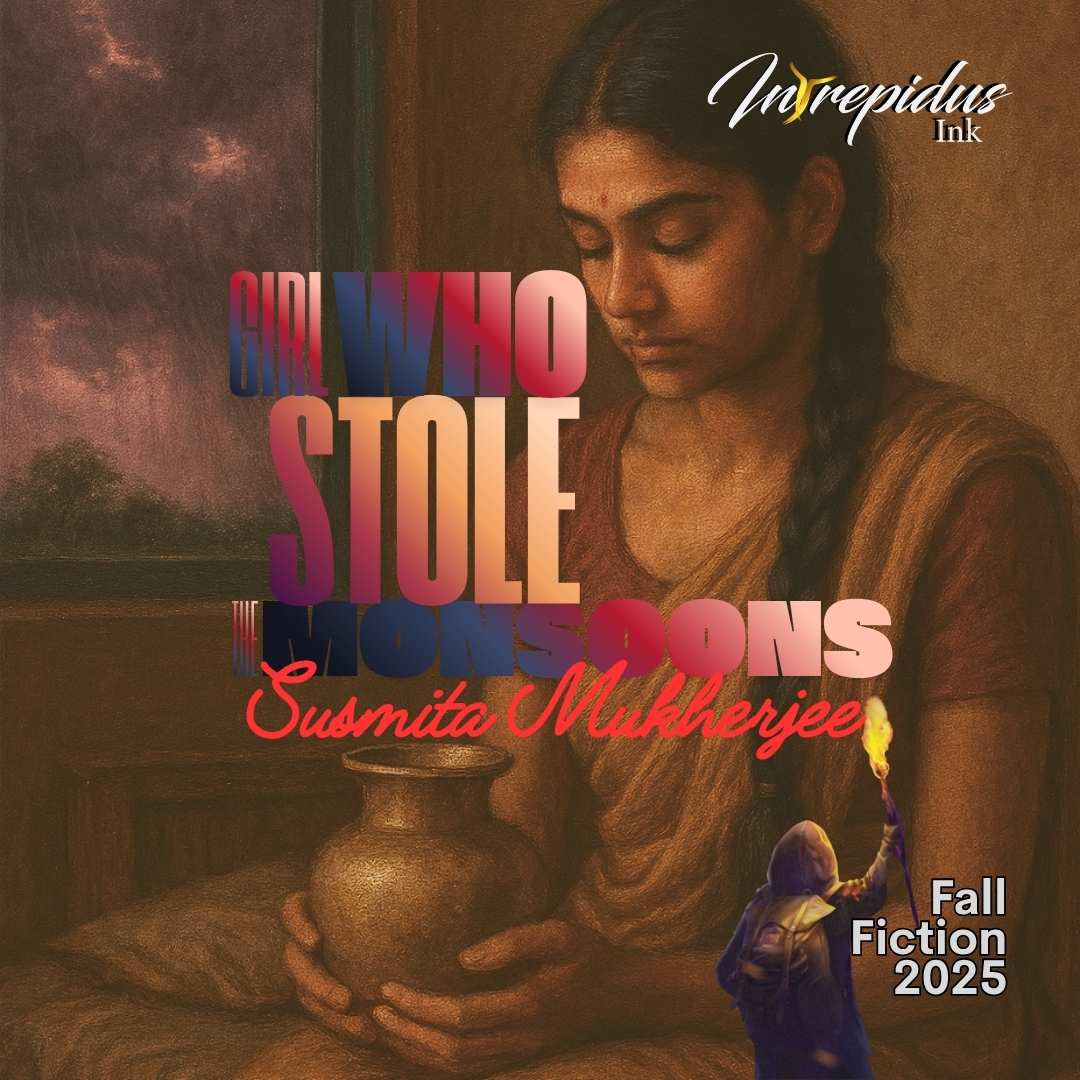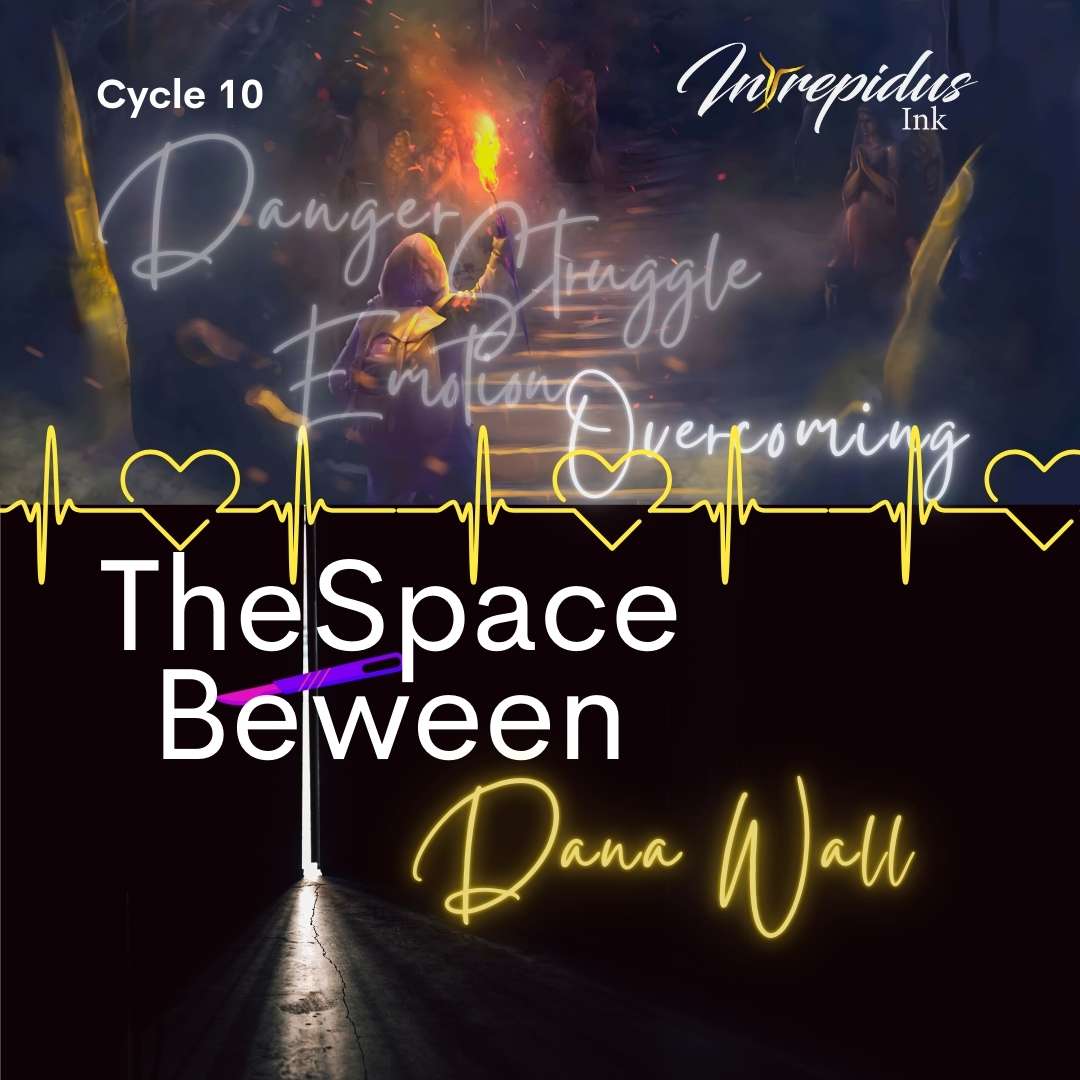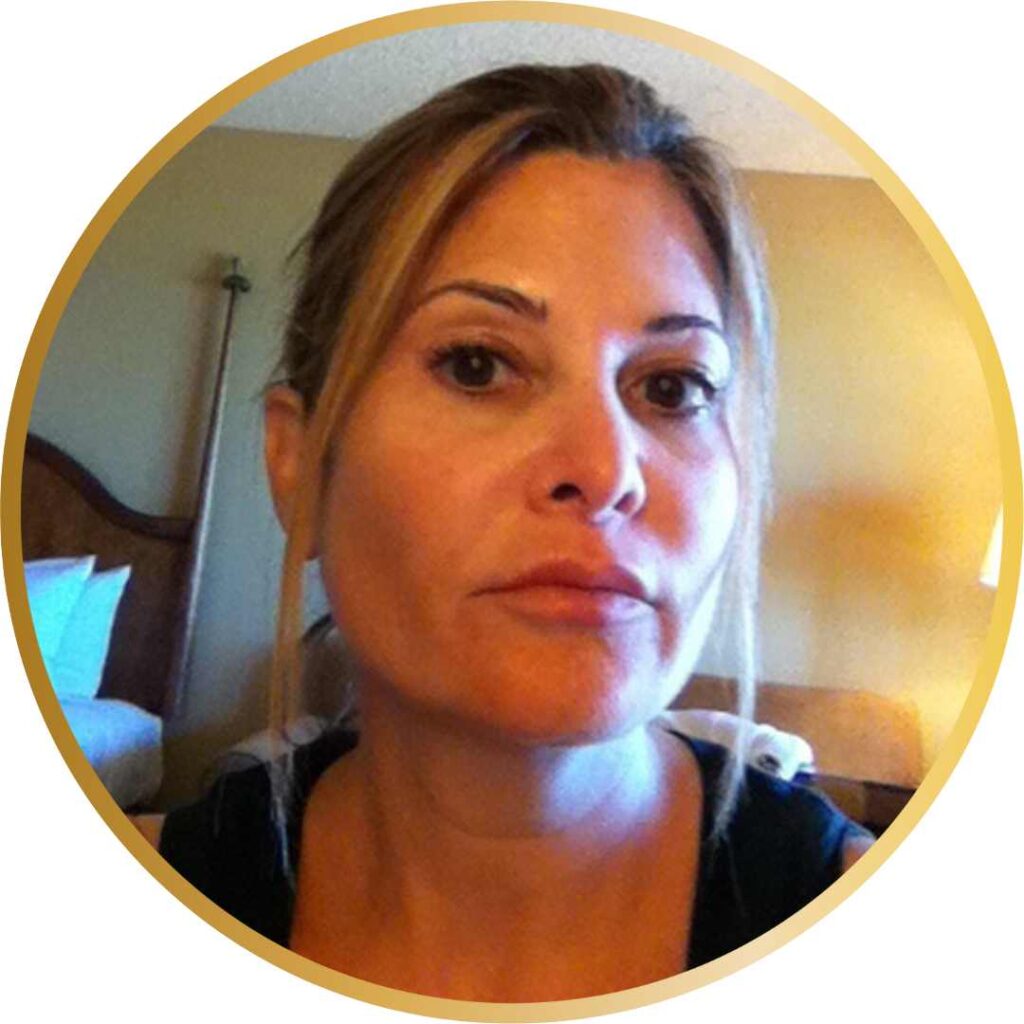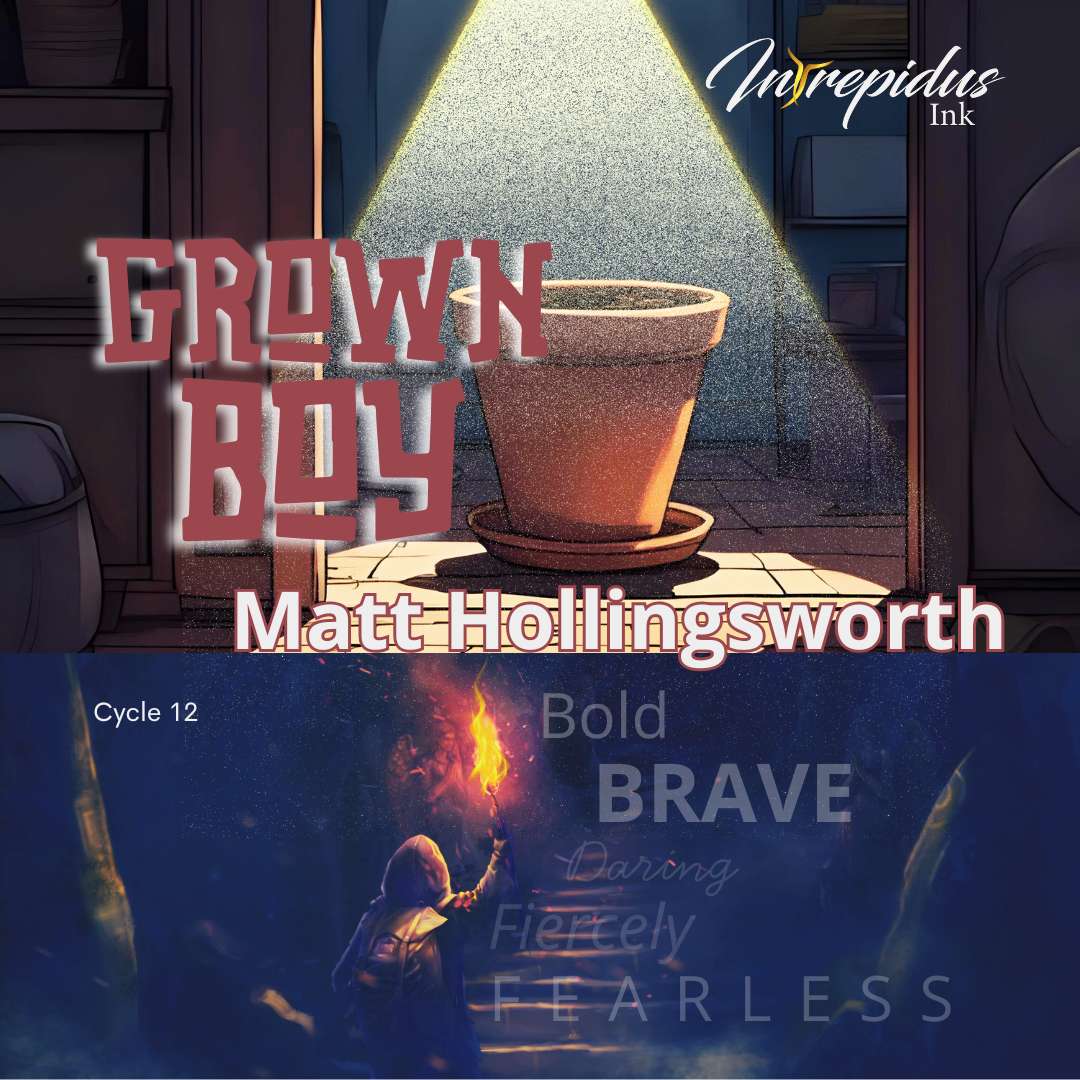

Literary Fiction
Thirty-six hours into the malpractice review, they finally ask the question that matters: Would I have done anything differently? I stare at the MRI showing Sage Cohen’s glioblastoma, wrapped around her temporal lobe like a dark star collapsing. The imaging was clear, the path obvious. And still, she hemorrhaged on my table.
“No,” I tell them. “I wouldn’t change a thing.” The words come out steady, certain. But somewhere in the back of my mind, a quieter voice whispers: Was I too eager to proceed that morning, despite the slight elevation in her blood pressure? Did my hands move just a fraction too fast through that final crucial moment, hungry for the next impossible case already waiting?
Perfect approach. Textbook resection. These are the mantras we repeat, the shields we hold up against the endless what-ifs that haunt every surgeon’s dreams. And still, she hemorrhaged on my table.
They don’t suspend my license—the evidence is too clean for that—but the hospital puts me on administrative leave. Paid, they emphasize, as if that matters. I’ve spent fifteen years separating conjoined twins—one of only four surgeons in the world who can navigate shared brain matter with any hope of success. Now I’m doing paperwork.
The call comes from Johns Hopkins. They need a consult on craniopagus twins. Previous surgeon refused to touch them. Too risky, he said. Survival rate under 10%. But I look at their scans and see what others miss—a hairline space between their shared venous sinuses, a possible path through the maze of their merged minds.
My hospital’s legal team says I can consult but not operate—not until the review is complete. But I still have active privileges at Hopkins, where I did my residency and spent the first five years of my career. Where I learned to separate my first set of conjoined twins under Dr. Appel’s watchful eye. The paperwork’s been maintained, the yearly reviews filed, just in case cases like this came along. Hopkins is where the impossible cases end up, and they like to keep their experts close.
The father of the twins sends me their complete imaging: “They say you’re the best, even with what happened. They say you’re the only one crazy enough to try.”
I book a flight to Baltimore. Walking through those familiar halls feels like coming home—to the place where I first learned that sometimes the riskiest path is the only path worth taking.
The twins are six months old. Marina and Sofia. They cry in perfect harmony, their heads locked in an eternal embrace. Their mother hasn’t slept in months—too afraid they’ll stop breathing if she looks away. The last surgeon spent five minutes examining them before declaring them inoperable. Didn’t even order functional MRIs.
I spend eighteen hours studying their vascular architecture. Another twelve mapping surgical approaches. The separation will take at least twenty-four hours, require three teams working in shifts. One wrong move, and I destroy two brains instead of one. The kind of surgery that ended careers before mine even started.
Night before surgery, Sofia develops a fever. Protocol says we delay. I look at their joined heads, at the pressure building in their shared venous system, and make the call. We proceed.
Twenty hours in, my hands don’t shake. They never do. Even after Sage, even after the review board’s questions, even after everything—in surgery, I’m still solid. Marina’s brain begins to swell. Nurses start the countdown to brain damage. Four minutes to make a decision that will haunt me either way.
I find the space between their superior sagittal sinuses, the one I saw in the scans. Smaller than a surgeon’s prayer, but it’s there. One cut. The most important cut of my life. Their vessels separate like they were waiting for my scalpel, for this exact moment.
Thirty hours later, Marina and Sofia lie in separate cribs for the first time. Their mother touches their individual faces with trembling fingers. Their father weeps. The surgery team sleeps standing up.
My hospital’s review concludes: Sage’s death was unavoidable—autopsy showed a secondary hemorrhage, deep in a spot no imaging could have caught. Nothing anyone could have done. They want me back. New cases waiting. More impossible surgeries.
I look at the twins’ scans one last time before leaving Baltimore. At the perfect space between them that everyone else missed. Sometimes that’s all we get in this business—a space smaller than hope, and the courage to cut through it.
I book my flight home. Tomorrow, there’ll be more impossible cases. More chances to find the spaces between disaster and miracle. That’s what we do in this profession—we look for the paths others miss and cut new ones.
They call me reckless. They’re not wrong. But somebody has to believe in impossible spaces.
An Interview With Dana Wall
Intrepidus Ink: This medical drama feels soooo real. How did you develop such awesome medical writing chops?
Dana Wall: Well, being the daughter and granddaughter of surgeons meant I literally had brain anatomy quizzes at the dinner table! By age ten, while other kids were carrying around Hardy Boys and Nancy Drew books, I was lugging my prized Merck Manual everywhere – my very own encyclopedia of diseases that I’d dramatically consult whenever a family member complained about a headache. “Hmm, could be meningitis or just your daily caffeine withdrawal, Dad.”
For the story, I wanted readers to feel that heart-stopping tension of neurosurgery – that moment when a surgeon’s millimeter-precise movement means the difference between miracle and catastrophe.
II: You’ve got such a fascinating Hollywood background. How do your experiences inform your storytelling?
DW: Hollywood taught me that accountants often know the real story better than the writers! While crunching numbers for productions, I’d watch million-dollar decisions get made in thirty-second hallway conversations. As the production accountant who could make or break your budget, people forgot I was in the room – giving me a front-row seat to the raw, unfiltered drama behind the cameras.
Working with talent agencies and attorneys showed me how even the most creative processes are shaped by practical realities. Want to shoot that perfect sunrise scene? Great… if you can convince your star to wake up at 4 AM without throwing a tantrum that costs you another $50K.
This behind-the-scenes experience influences stories like ‘The Space Between’ in ways writers’ room experience never could. I understand how professionals actually behave when everything’s on the line – not the sanitized TV version, but the messy, human reality of high-stakes decisions.
Author Bio

Dana Wall traded balance sheets for prose sheets after years of keeping Hollywood’s agents and lawyers in perfect order. Armed with a Psychology degree that finally proved useful when creating complex characters and an MBA/CPA that helped her track plot points with spreadsheet precision, she ventured into the haunted halls of Goddard College’s MFA program and now writes full-time.

